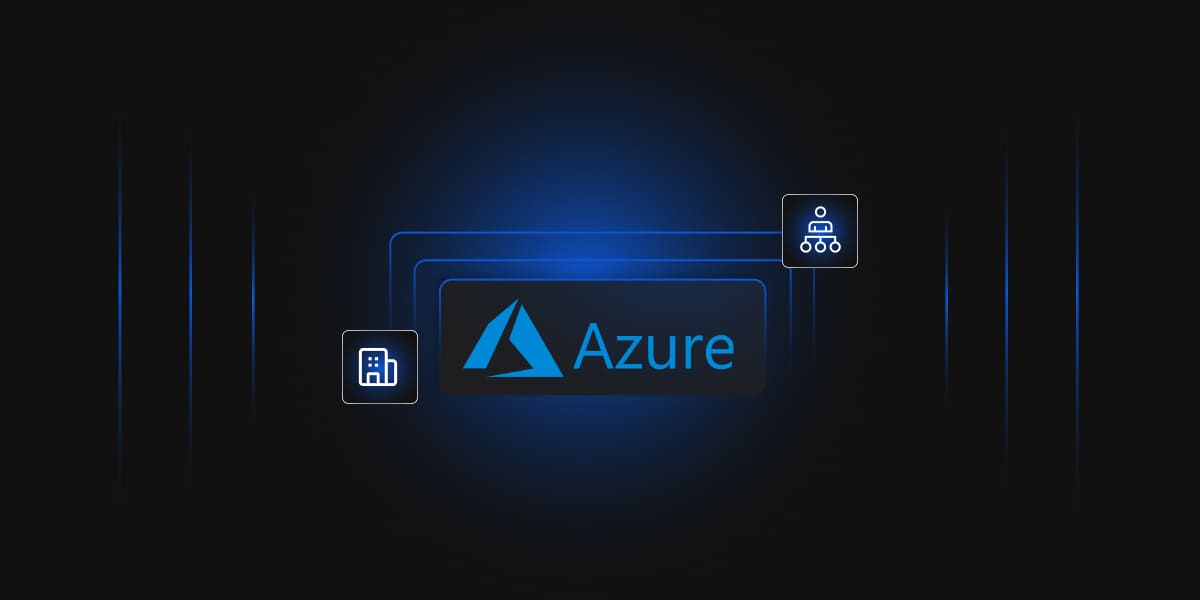AWS S3 – Client and Server Side Encryption


Encryption is one of the most basic requirements for ensuring data privacy, especially for end-to-end protection of data transmitted across networks. Plain text is encrypted using an encryption algorithm and an encryption key. Encryption converts the readable text to an unreadable text which is called ciphertext (encrypted data).
In today’s blog, we will discuss various encryption options of the AWS Simple Storage Service known as S3. S3 is highly reliable, secure, and inexpensive compared to on-premises (On-prem) data storage for storage-intensive applications e.g. Hadoop EMR. S3 stores the data as objects called “Buckets” and each object can be up to 5 TB in size.
AWS S3 offers both encryption methodologies, Encryption in Transit and Encryption at Rest.
Encryption in Transit for Amazon S3 can be facilitated with the help of SSL/TLS at the client end as well as with the below similar bucket policy at the bucket level:
{
"Id": "Policy1600282742195",
"Version": "2012-10-17",
"Statement": [
{
"Sid": "Stmt1600282739517",
"Action": [
"s3:GetObject"
],
"Effect": "Deny",
"Resource": "arn:aws:s3:::mysecures3buket",
"Condition": {
"Bool": {
"aws:SecureTransport": "false"
}
},
"Principal": "*"
}
]
}Encryption at Rest can further be classified into Client-side encryption and Server-side encryption as well. For both server-side and client-side encryption, AWS utilizes AES-256 with Galois Counter Mode (GCM) for any symmetric key encryption operations. GCM provides authenticated encryption by adding a unique tag to the ciphertext which verifies that the encrypted data has not been tampered with in any way.
In Client-side encryption, the data is encrypted before sending it to the S3 bucket. To implement Client-side encryption in S3, we have the following two options:
Note: Your client-side master keys and your unencrypted data are never sent to AWS. It’s really important that you manage your encryption keys with the utmost care. If you lose them, you can’t decrypt your data.
In Server-side encryption, the data is encrypted after being sent to the S3 bucket and before storing it in the S3 bucket.
Server-side encryption has the following three options:
With SSE-S3, Amazon S3 managed Server-side encryption uses one of the most secure block Ciphers, AES -256 (Advanced Encryption Standard) bit, to encrypt each object with a unique key which means no overlapping keys are used for encrypting the objects. Also, these unique keys are encrypted with a Master key which is rotated regularly to yield additional data security.
With SSE-KMS, Amazon S3 uses the AWS KMS functionality to encrypt the data in the S3 bucket. Combining Amazon S3 with the AWS KMS provides a perfect blend of security and availability.



While using SSE-KMS, you can have the following combinations:
Note: All requests (GET and PUT) for an object encrypted by SSE-KMS will give an error if they are not made via https or using SigV4. Amazon SigV4 is an authentication mechanism supported by Amazon S3 for signing the API requests. This enables Amazon S3 to perform the sender/source identification and protects your requests from bad actors.
With SSE-C, Amazon S3 performs Server-side encryption with customer-provided encryption keys. With the encryption key provided by the user, Amazon S3 manages the encryption and decryption process while writing and accessing the data on disks consecutively. Since the management of encryption and decryption is taken care of by Amazon S3, there is no requirement to manage the code at the user level. The only requirement from a user perspective is to manage the encryption keys.Amazon S3 uses AES-256 bit encryption to encrypt the data with the customer provided key and removes the key from its memory post completion of the encryption process whereas, in the decryption process, it first verifies and matches if the same key is provided (which was provided during the encryption) and then decrypts the data and make it available to the user.
Note: Amazon S3 does not store the encryption key, rather, it stores a randomly salted HMAC (hash-based message authentication code) value of the encryption key to validate future requests. The salted HMAC value cannot be used to derive the actual encryption key or to decrypt the contents of the encrypted data which means if you lose the encryption key, you lose the data.
S3 offers multiple options to encrypt the data in the S3 bucket. The following table summarizes all the available options to encrypt the data at rest and data in transit:
| Encryption at Rest | Encryption in Transit | Symmetric Key Encryption | Asymmetric Key Encryption | Responsible party for Data encryption/decryption | Responsible party for Secret Storage | |
|---|---|---|---|---|---|---|
| AWS:SecureTransport | N | Y | Y | Y | AWS | AWS |
| SSE-S3 | Y | N | Y | N | AWS | AWS |
| SSE-KMS (AWS managed CMK) | Y | N | Y | N | AWS | AWS |
| SSE-KMS (customer managed CMK) | Y | N | Y | N | AWS | AWS |
| SSE-C | Y | N | Y | N | AWS | Customer |
| AWS SDK + KMS (AWS managed CMK) | Y | N | Y | N | Customer | AWS |
| AWS SDK + KMS (customer managed CMK) | Y | N | Y | N | Customer | AWS |
| AWS SDK + self-managed secret | Y | N | Y | Y | Customer | Customer |
Amazon S3 is very well suited if you have an environment with various applications generating a large amount of data. The very reason to choose S3 is not only the fact that it can store the mammoth volume of data at cheaper rates, but it’s durable, scalable, and highly available as well. Data privacy and compliance are vital when it comes to data security, which can be achieved using various encryption methods that Amazon S3 offers. With the use of multiple S3 encryption options, you can relax without worrying about any data being compromised.

February 2, 2022

August 20, 2021

July 23, 2021